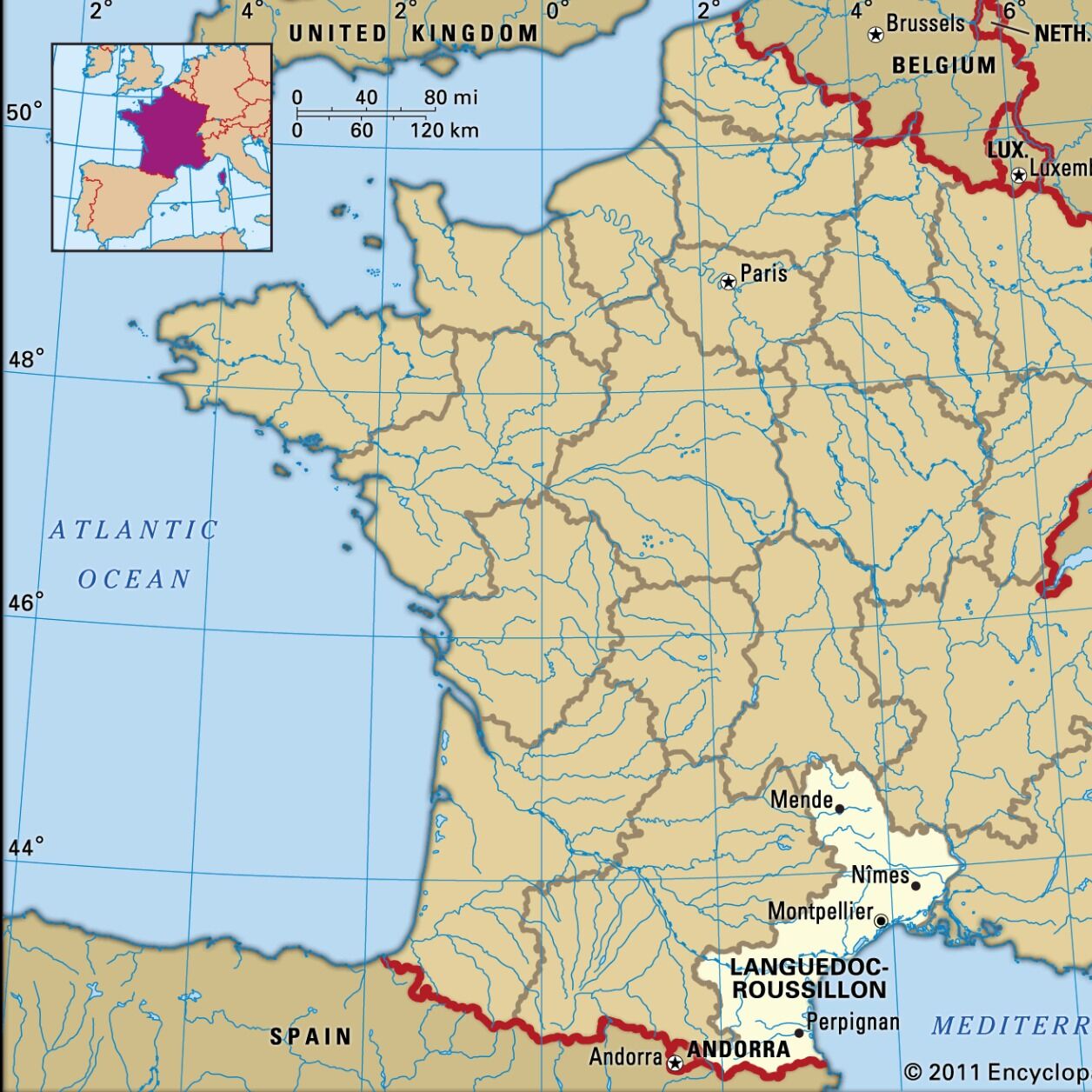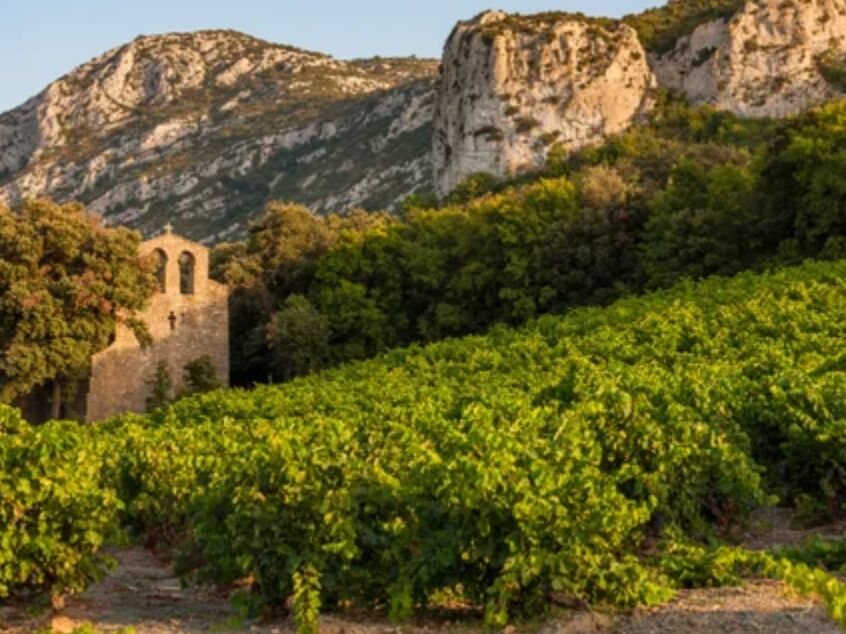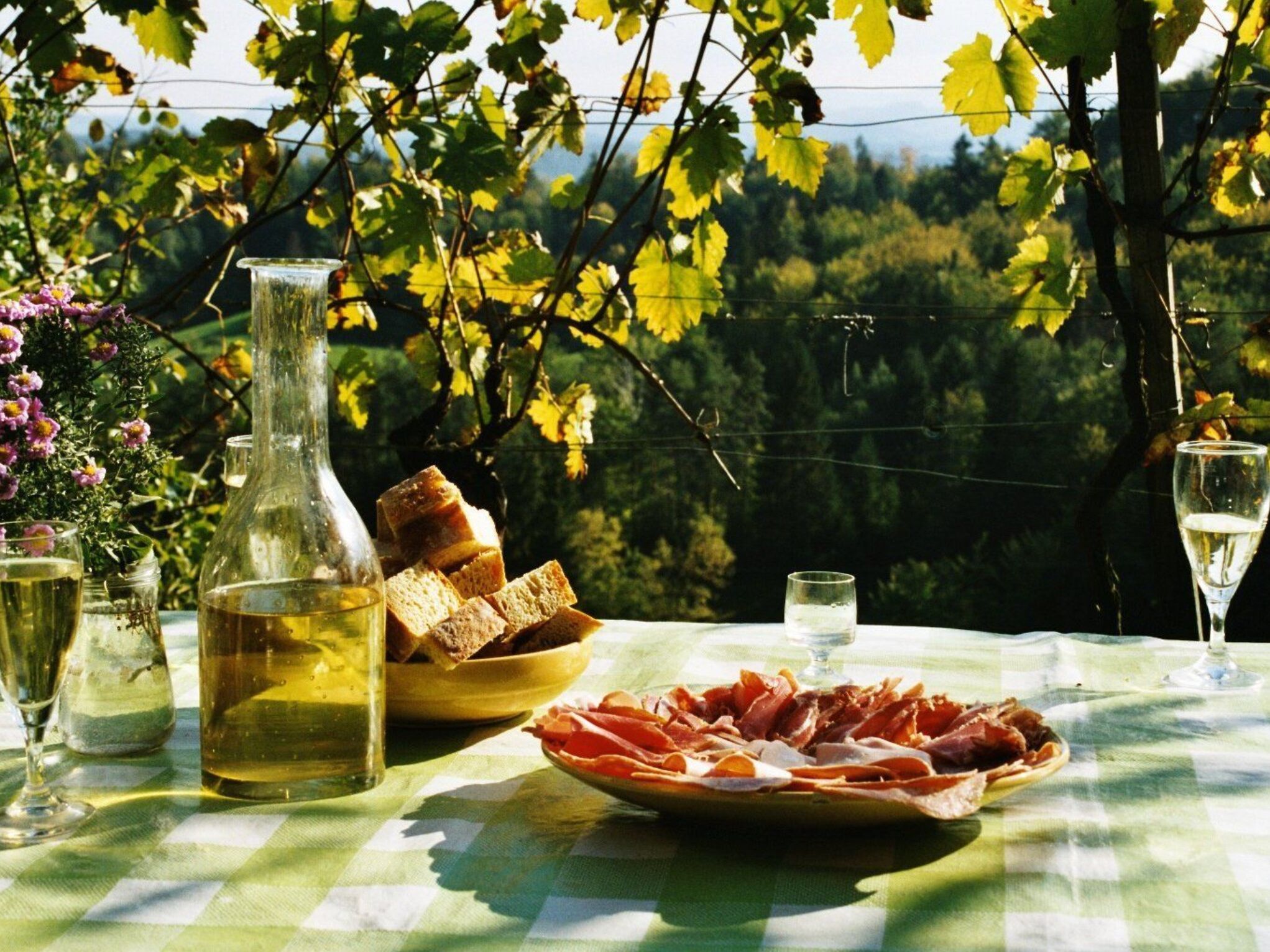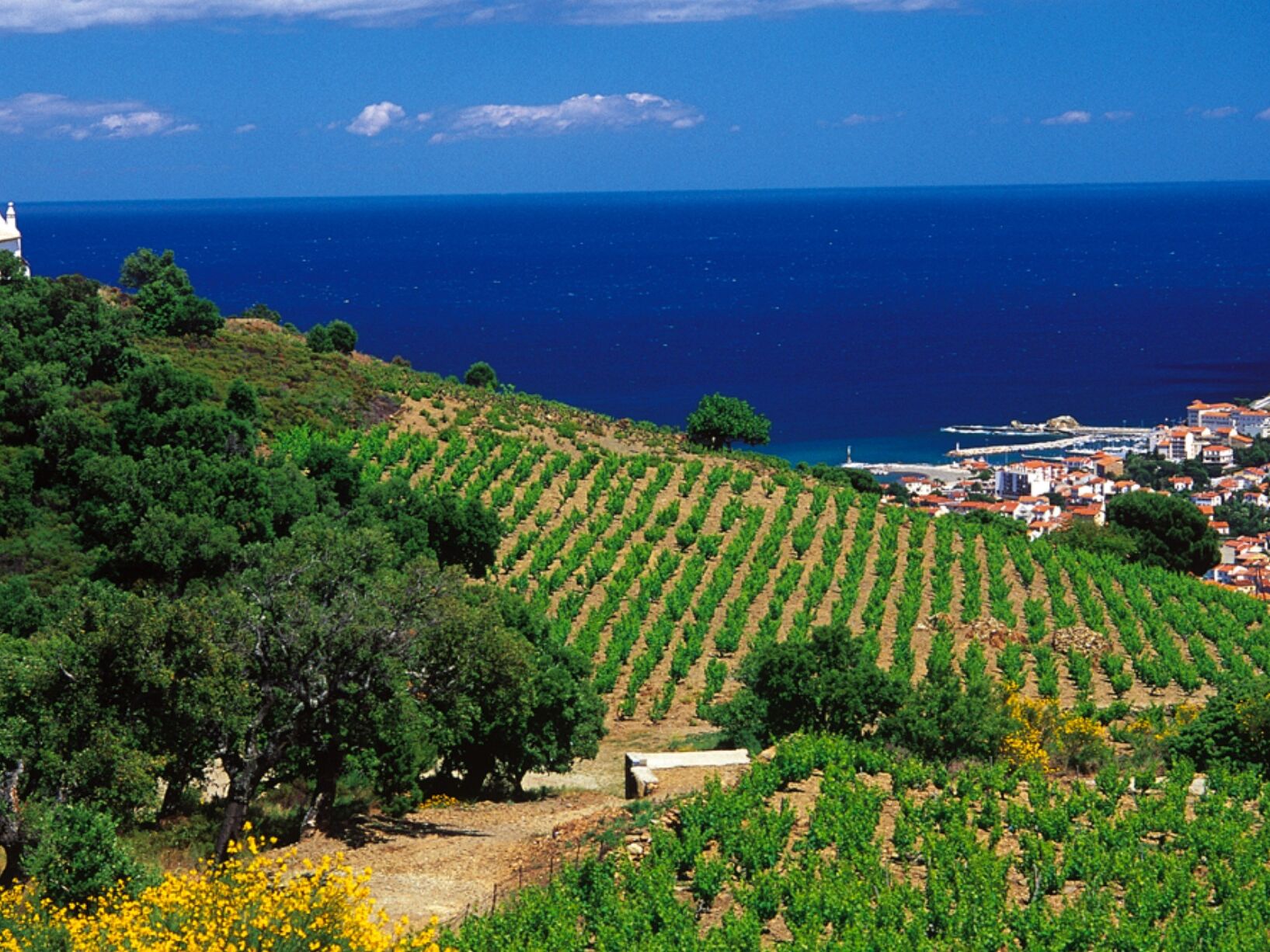
Elany & Christopher
Elany & Christopher
L'histoire

Currently, the château is situated in the Occitania region (Occitanie), but up until 2016 it was called Languedoc-Roussillon.
Both are related to "Oc", and Languedoc translates to "tongue of oc", where "langue" = tongue.
"oc" was "yes" in the Occitan language.
So basically, it's the land of "yes" - what better place to say "I do"
Le Vin

The region's wine has a long and colored history!
Grapevines grew here before humans even arrived! Humans have been cultivating these grapes and producing wine here since the Greeks first arrived over 2,500 years ago!
It is the most productive wine region in the world, producing more wine than any other - 2x as much as California and Australia, 3x the volume of Bordeaux and 10% of all wine produced (and enjoyed) in the 20th century was made in Languedoc.
The region was, for a very long time, associated with quantity... over quality (cheap table wine to achieve huge volumes). But over the past 30 years, some of the finest wines have been produced here, and the appellation has greatly improved its reputation in the quality department.
Popular varietals are:
Grenach, Syrah, Mourvèdre, and Carignan blends
Picpoul de Pinet - a crisp white wine perfect for seafood
Blanquette de Limoux - the world's first sparkling wine
La Nourriture

The food from this region is delicious!
Mussels are some of the most popular dishes (try "moules frites" - mussels and french fries).
Jambon cru, a staple in charcuterie!
Languedoc is the birthplace of Roquefort cheese, a sheep's cheese from the Larzac plateau. The story goes that a young shepherd left his lunch of bread and cheese in a cave... only to come back later and see that it had transformed into the bleu cheese variety we know!
Snails, especially in the "cargolade" (Catalan) style are often enjoyed.
Wild boar, anchovies and tapenades (for which the region is famous) are delicious and definitely worth trying!
Cassoulet is a dish native to the region, which is a thick bean stew, with duck, pork & sausages.
On the sweeter side, navettes are light and crispy biscuits flavored with orange and rosewater.
We should all love trying boles de picolet, a French version of meatballs in a hearty tomato sauce.
Tielles, best from the nearby town of Sète (a tielle Sétois), are very tasty seafood pies.
Brandade de Morue - a creamy dish made from salt cod and olive oil, typically served with bread or potatoes.
Gardiane de Taureau is a slow-cooked bull stew, traditionally from the Camargue.
Plus de la région

The nearby town of Agde was a top hiding spot for pirates, thanks to its imposing cliff faces and coastal caves.
There are native flamingos in the area (in the Camargue), along with white horses and black bulls.
Speaking of bulls, there is bullfighting in this region of France - though no blood is shed. You don't kill the bull... you just take a ribbon from it as it charges you! ("so it's like flag football... for bullfighting - Elany).
It's also the birthplace of modern rugby! ... well, kind of. While the sport was born in England, it made its way to France, and in Languedoc, a region known for being culturally rugged (agricultural, pastoral), they claim to the first to treat rugby as a way of life, not just a sport to be played.